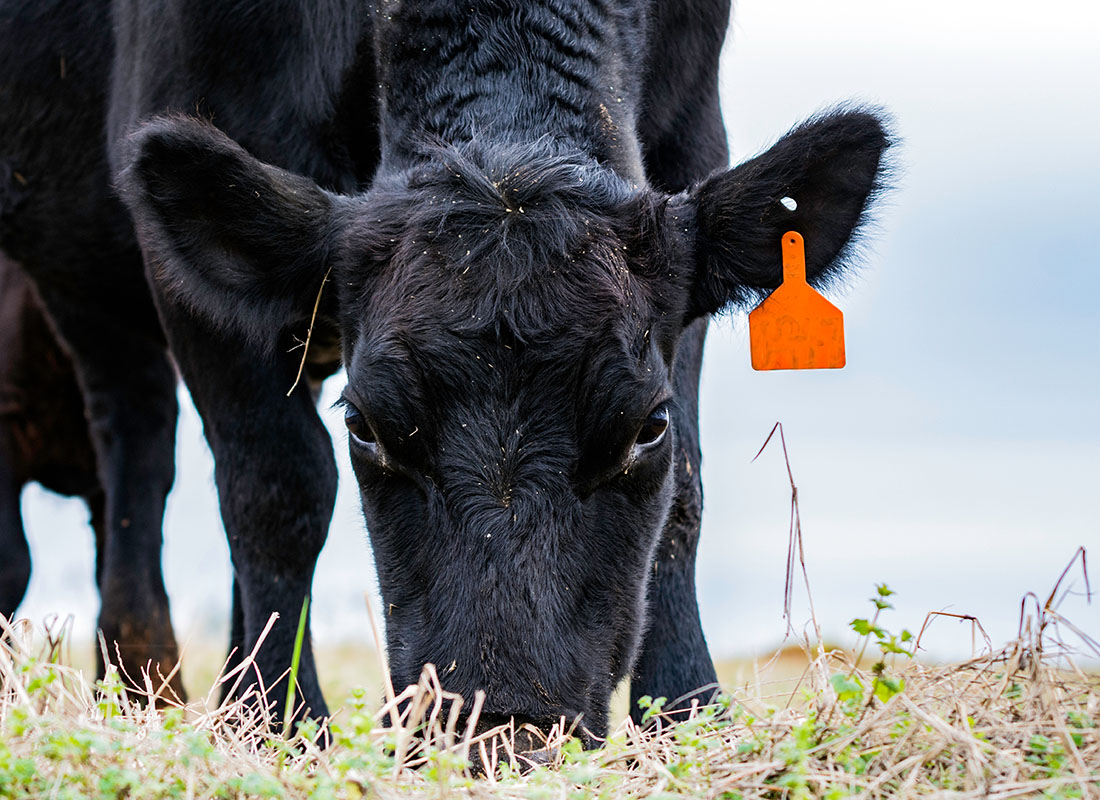Opening Development Prospective: Bagley Risk Management Approaches
Opening Development Prospective: Bagley Risk Management Approaches
Blog Article
Key Factors to Think About When Picking Livestock Threat Protection (LRP) Insurance Coverage
When evaluating choices for Animals Threat Defense (LRP) insurance policy, a number of vital variables require mindful factor to consider to ensure efficient risk administration in the farming sector. Choosing the ideal protection options customized to your specific livestock procedure is critical, as is understanding exactly how premium costs associate with the level of security provided.
Insurance Coverage Options
When taking into consideration Animals Threat Defense (LRP) insurance coverage, it is essential to comprehend the numerous protection choices readily available to mitigate threats in the agricultural field. Animals Threat Defense (LRP) insurance policy supplies various protection alternatives customized to fulfill the diverse needs of animals manufacturers.
One more important insurance coverage choice is the endorsement duration, which determines the length of time the coverage is in result. Producers can choose the endorsement period that ideal matches their production cycle and market problems. In addition, coverage degrees and prices vary based on the type of livestock being insured, offering producers the flexibility to customize their insurance policy prepares according to their certain demands.
Recognizing the different coverage alternatives readily available under Animals Danger Protection (LRP) insurance coverage is vital for producers to make enlightened decisions that properly protect their animals operations from market uncertainties.
Premium Expenses

Animals Threat Security (LRP) insurance policy supplies crucial protection choices tailored to reduce dangers in the farming sector, with a considerable element to consider being the computation and framework of premium expenses. When figuring out premium prices for LRP insurance policy, several elements come into play. These include the type and variety of animals being insured, the protection level selected, the existing market value, historical price data, and the length of the insurance coverage duration. Insurers may additionally consider the location of the farm, as geographic aspects can affect the general danger profile.
Insurers evaluate historical information on livestock prices and production expenses to determine an appropriate premium that mirrors the degree of threat involved. It is vital for animals producers to thoroughly evaluate premium costs and coverage options to ensure they are appropriately shielded versus prospective financial losses due to unfavorable market conditions or unanticipated events.
Qualified Livestock
The decision of qualified livestock for Livestock Danger Defense (LRP) insurance protection involves careful factor to consider of specific standards and attributes. Animals types that are commonly qualified for LRP insurance consist of feeder cattle, fed lambs, swine, and livestock. These pets must fulfill certain certifications related to weight varieties, age, and meant usage. Furthermore, the qualification of animals may vary based on the specific insurance provider and the regards to the plan.
Feeder livestock, for instance, are frequently qualified for LRP protection if they drop within defined weight varieties. Fed cattle might also be qualified, yet they should satisfy specific weight and high quality grade needs. Swine eligible for protection typically include market weight pets meant for slaughter. Lambs are another classification of livestock that can be taken into consideration for LRP insurance coverage, with aspects such as weight and age playing an important function in identifying their qualification.
Before picking LRP insurance coverage for livestock, producers ought to carefully review the qualification criteria laid out by the insurance coverage copyright to guarantee their animals fulfill the essential needs for insurance coverage.
Plan Flexibility
Policy flexibility in Livestock Threat Defense (LRP) insurance policy allows producers to tailor insurance coverage to match their certain needs and risk monitoring strategies. This versatility equips animals producers to personalize their insurance policies based on factors such as the kind of livestock they have, market problems, and specific danger tolerance levels. By supplying customizable options, LRP insurance policy makes it possible for producers to successfully manage their risk exposure while guarding their livestock procedures versus unpredicted market volatility.
Cases Process
Upon experiencing a loss or damages, manufacturers can launch the cases process for their Animals Danger Security (LRP) insurance coverage by promptly contacting their insurance supplier. It is critical for manufacturers to report the loss as quickly as feasible to expedite the insurance claims process. When getting to out to the insurance coverage copyright, producers will need to provide in-depth info concerning the case, consisting of the date, nature of the loss, and any relevant documents such as vet documents or market value.

After the assessment is complete, the insurance policy copyright will certainly make a choice concerning the insurance claim and communicate the end result to the producer. If the case is authorized, the manufacturer will receive compensation according to the regards to their Animals Risk Security (LRP) insurance coverage. Bagley Risk Management. It is essential my sources for manufacturers to be knowledgeable about the insurance claims procedure to ensure a smooth experience in the event of a loss

Verdict
To conclude, when selecting Animals Danger Protection (LRP) insurance, it is vital to think about protection options, premium expenses, qualified livestock, plan adaptability, and the cases procedure. These key variables will help make sure that ranchers and farmers are appropriately protected versus possible risks and losses associated with their animals procedures. Making a notified choice based on these considerations can eventually result in far better economic safety and satisfaction for livestock producers.
Livestock Threat Security (LRP) insurance offers various protection alternatives tailored to satisfy the varied needs of livestock manufacturers.The resolution of qualified animals for Animals Danger Security (LRP) insurance coverage involves mindful consideration of certain standards and attributes.Plan adaptability in Animals Risk Defense (LRP) insurance permits manufacturers to tailor protection to suit their certain needs and risk monitoring approaches.Upon experiencing a loss or damages, producers can launch the insurance claims procedure for their Animals Risk Protection (LRP) insurance policy by immediately calling their insurance provider.In conclusion, when choosing Livestock Threat Defense (LRP) insurance coverage, it is important to take into consideration protection alternatives, premium prices, eligible livestock, plan flexibility, and the claims process.
Report this page